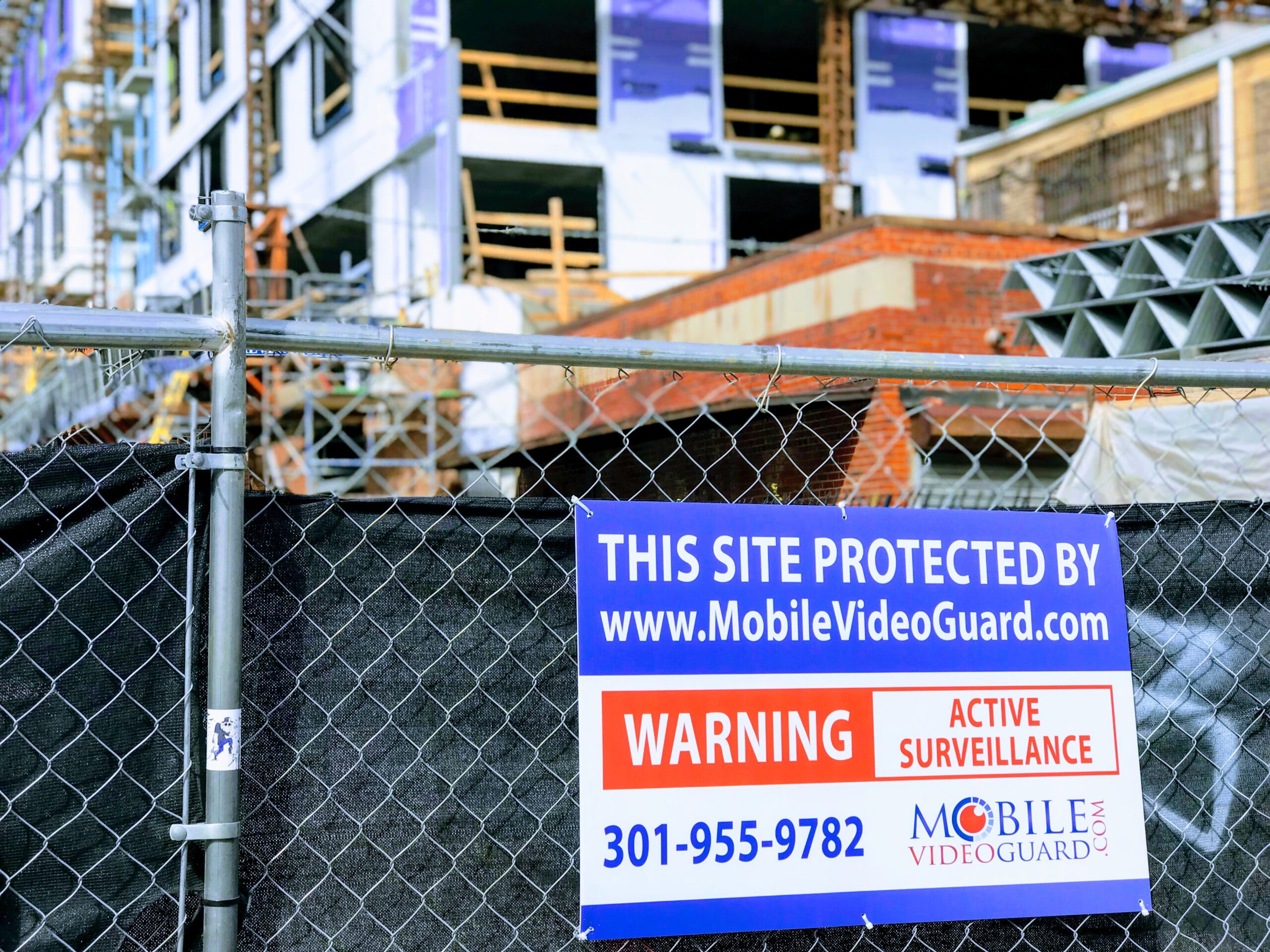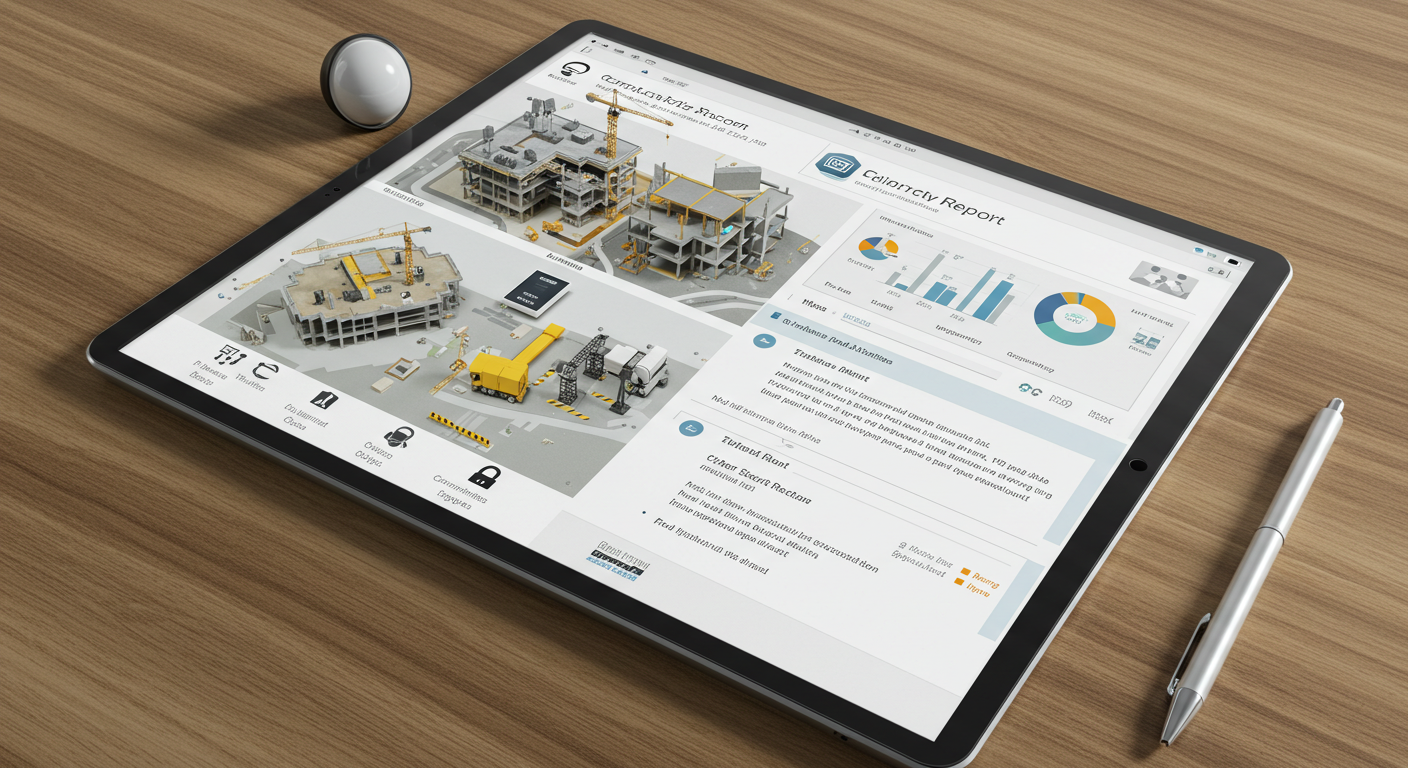Understanding the Scope of Construction Equipment Theft
Construction site theft remains one of the costliest and most persistent issues facing the industry. According to the National Equipment Register (NER) and National Insurance Crime Bureau (NICB), the construction sector loses more than $1 billion annually to stolen equipment. And despite the size and visibility of most machinery, less than 25% of stolen assets are ever recovered.
From skid steers and generators to trailers and excavators, high-dollar assets are targeted not just because they’re valuable, but because they’re mobile—and often left vulnerable after hours. Many thefts occur overnight or on weekends, when visibility is lowest and no one is around to intervene.
Effective construction equipment theft prevention requires more than locks and fencing. It demands a layered approach—one that combines physical deterrents with real-time detection and response through smart technologies like mobile surveillance systems.
Why Heavy Equipment Is a Prime Target
Heavy equipment is a magnet for professional thieves due to several factors:
- High resale value: Machinery like loaders, backhoes, and generators can be flipped quickly on the black market.
- Lack of identifying marks: Unlike passenger vehicles, many machines don’t have visible VIN numbers or GPS tracking.
- Easy to move: Thieves often use flatbed trailers or driveable access points to remove equipment in minutes.
- Low chance of detection: Most job sites are unsecured overnight, with little to no surveillance or guard presence.
Even well-lit or fenced-in locations are not immune. Criminals have been known to cut power to lighting systems, break through fencing, and use lookouts to avoid law enforcement.
With delays in detection and low odds of recovery, the best strategy is prevention and speed.
Common Tactics Thieves Use to Steal High-Value Equipment
Understanding how thieves operate is critical to stopping them. The most common tactics include:
- Arriving at night or early morning to avoid workers
- Using trailers and flatbeds to load smaller machinery
- Hotwiring equipment or using universal keys (many brands use similar ignition systems)
- Impersonating delivery or haul-away crews
- Working in teams to distract or bypass on-site security
- Accessing job sites via unsecured perimeters or remote entry points
Thieves may spend days scouting a site’s blind spots or camera placements before making a move. The more visible and responsive your job site surveillance, the less likely you are to be targeted.
Core Strategies for Construction Equipment Theft Prevention
Immobilizers and Lockout Systems
A simple but powerful layer of defense. Immobilizers prevent equipment from being moved without authorization, and include:
- Battery disconnect switches
- Hydraulic lockouts
- Keypad or RFID ignition systems
These systems are especially effective when combined with operator ID protocols, ensuring only approved workers can activate machinery.
GPS Tracking and Asset Tagging
GPS tracking is one of the best tools for recovering stolen equipment. Modern units offer:
- Real-time location tracking
- Geofencing alerts if equipment is moved outside a designated area
- Remote immobilization features to stop the machine if stolen
For example, in one 2022 theft in Georgia, a contractor recovered a stolen backhoe within four hours using real-time GPS pings and coordinated law enforcement efforts.
Asset tagging with tamper-evident stickers or embedded chips also aids in recovery and helps law enforcement confirm ownership.
Perimeter Fencing and Lighting
Construction site security starts at the perimeter. Use a combination of:
- Heavy-duty fencing with locked gates
- Concrete barriers or strategically parked equipment to block vehicle access
- Motion-activated LED lighting that triggers only when movement is detected
Lighting is both a deterrent and a complement to camera systems. Thieves avoid well-lit zones where they’re more likely to be seen or recorded.
Mobile Surveillance Systems with Live Monitoring
The most effective deterrent on modern job sites is a mobile surveillance system backed by real-time monitoring.
These systems include:
- HD cameras with night vision
- Built-in motion detection and AI alerts
- Two-way audio to warn off intruders
- Live agent monitoring 24/7
- Strobe lights and sirens activated remotely
Unlike static cameras, mobile units can be moved across zones as the site layout changes. Units from Mobile Video Guard, for example, provide rapid deployment and full coverage—even on undeveloped or remote lots.
When criminals see a system actively responding to their presence, they’re far more likely to flee before executing a theft.
Day vs. Night: Around-the-Clock Protection Tips
Daytime Strategies:
- Limit equipment access to approved operators only
- Keep equipment keys in a central, locked location—not in the cab
- Log equipment movement and deliveries in real time
- Use visible signage warning of 24/7 surveillance
Crew awareness plays a major role during the day. Many thefts occur by blending in with active workers—posing as subcontractors or using insider knowledge to move assets unnoticed.
Nighttime Strategies:
- Move high-value equipment to the center of the site and block it in with lower-priority assets
- Power down and lock equipment, then arm immobilizers or GPS devices
- Ensure your mobile surveillance systems are fully operational
- Verify real-time monitoring is active, with alert escalation protocols in place
Night is when visibility and human presence are weakest—making it the most important time for tech-driven high-dollar equipment security.
How Mobile Video Guard Protects High-Dollar Assets in Real Time
Mobile Video Guard combines the most effective tools in the industry to prevent theft before it happens. Here’s how our solutions protect construction teams nationwide:
- Deployable mobile surveillance systems customized to your site
- 24/7 professional monitoring by trained security agents
- Immediate voice-down deterrence through two-way audio
- Real-time alerts and escalation to site managers and law enforcement
- License plate recognition and time-stamped footage for investigations
- Flexible service models tailored for short-term projects or long-term builds
In one example, a construction site avoided a $95,000 theft of a compact loader when a Mobile Video Guard unit detected suspicious movement at 2:43 a.m. Within 60 seconds, our monitoring team activated lights and a loudspeaker warning, prompting the intruders to flee.
No tools were stolen. No downtime occurred. And no insurance claim was needed.
This level of protection is what separates passive deterrents from active response, and it’s why so many contractors now rely on Mobile Video Guard as a partner in construction equipment theft prevention.
Conclusion: Don’t Wait for Theft to Take Action
By the time you discover a machine is missing, it’s often too late. Equipment can be across state lines in a matter of hours, stripped for parts, or sold overseas. Insurance may cover part of the cost—but delays, lost labor, and reputation damage can’t be reimbursed.
Protecting your site starts with a proactive, layered strategy:
- Physical deterrents like fencing, locks, and lighting
- Technology solutions like GPS tracking and immobilizers
- Smart monitoring using mobile surveillance systems and live response
Whether your site is in a dense urban corridor or a remote rural field, Mobile Video Guard delivers scalable, reliable, and fast-acting protection for your most valuable assets.
Explore our construction site security solutions or speak with a security expert today to create a custom plan that keeps your equipment—and your timeline—secure.



